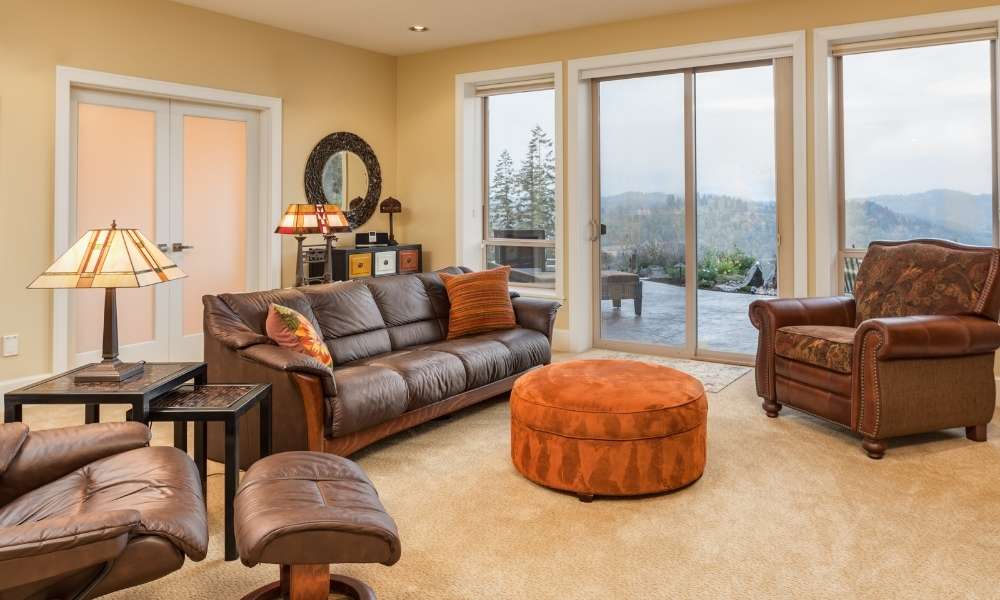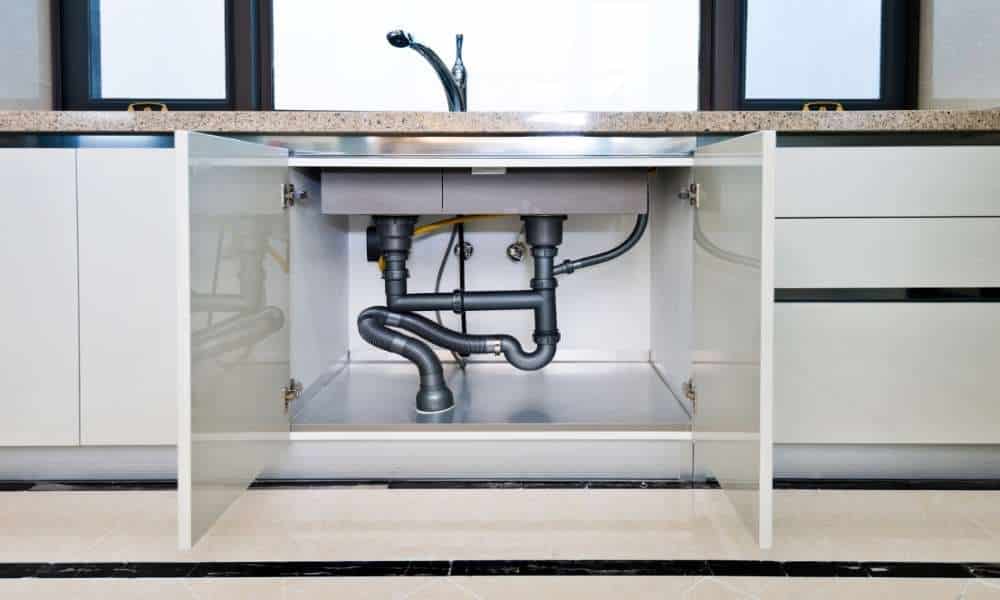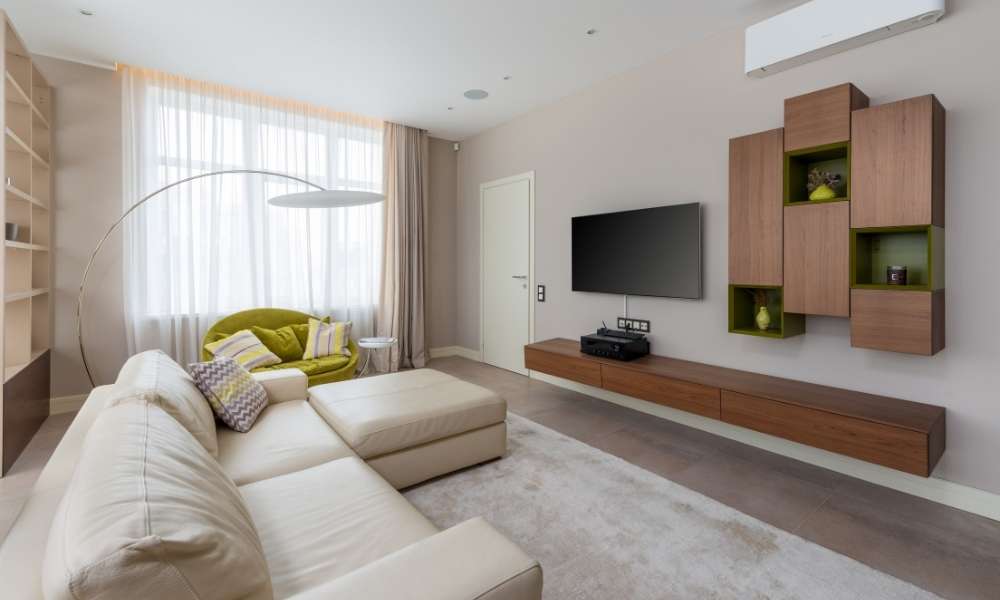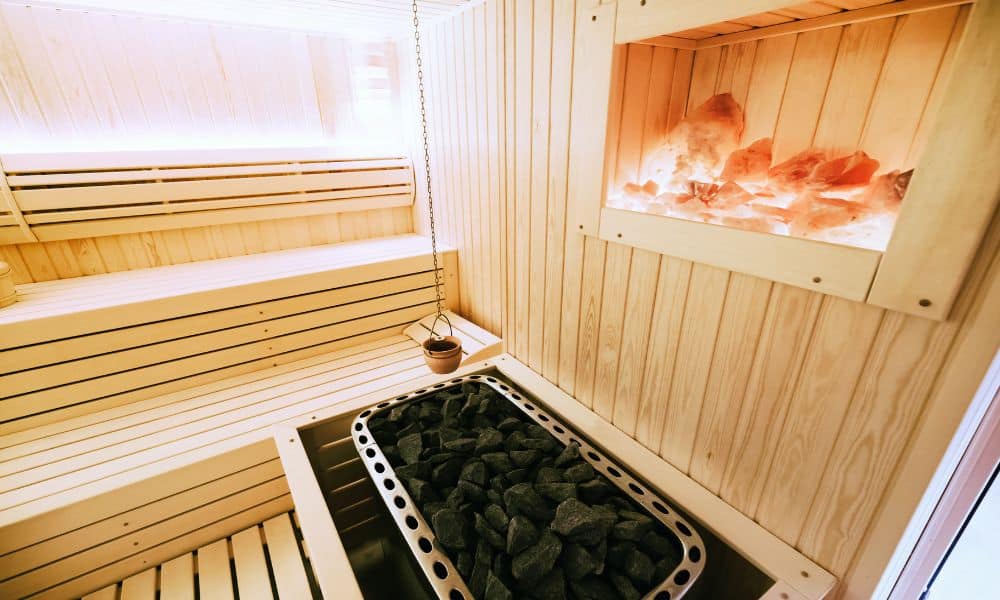How big should your living room be? That’s a question that many people ask, but nobody has an exact answer. But, there are some basic principles that can help you make the right decision.
The design depends on what it is being used for and how much space needs to be worked on. If you can host a big event or throw a party, you can create a big living room. Show how big your room is.
1. What is the Purpose of your Living Room?
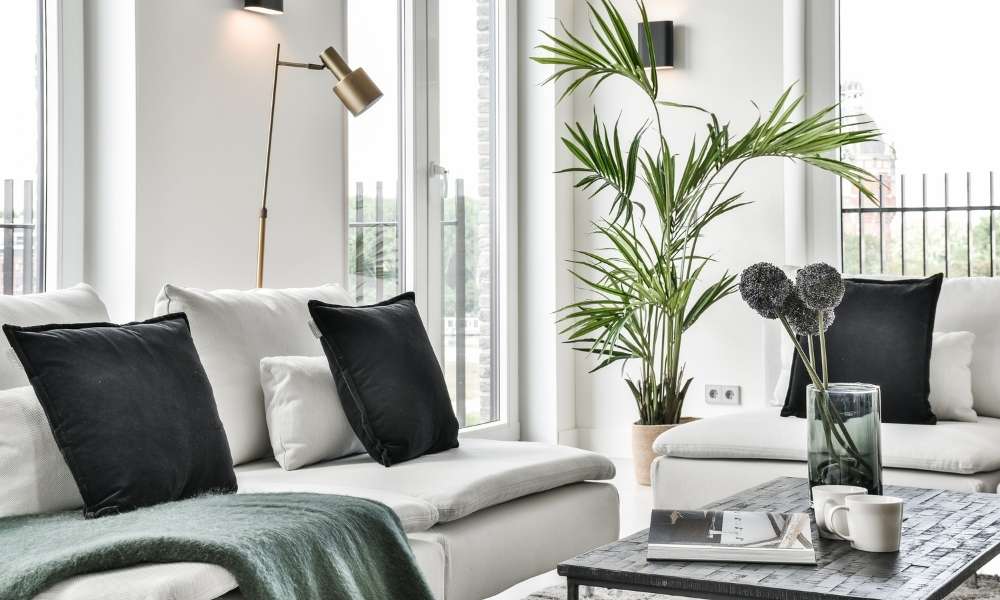
The space that you have available to work with can be a major factor in how big your room should be. If you live in a small house, for instance, there might not be enough space for a large room.
Another important consideration is the purpose. Do you plan on hosting events? If so, then it would be best to have a larger room. You might also need more space if you plan on using your office or bedroom.
Regardless of the size of your house, it’s always smart to have an idea of what will happen in the room before deciding how big it should be. And always remember that your needs may change over time and thus require different dimensions for your room.
2. What Furniture do you Plan on Having in your Living Room?
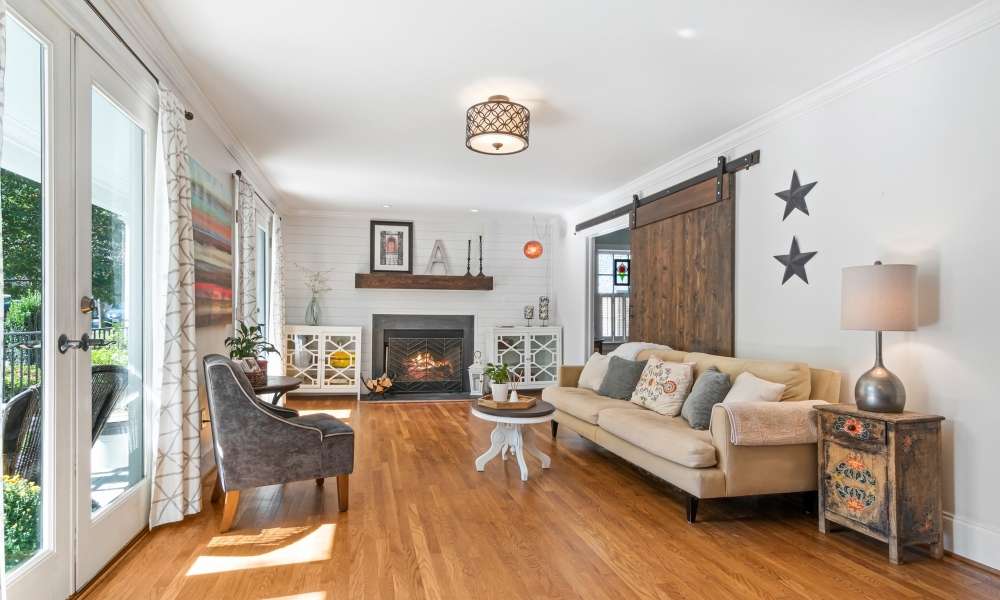
The furniture you have in your living room can help you determine the size. If you plan on having a lot of furniture in your room, you might want to opt for a larger size. If you don’t plan on having a lot of furniture, then a smaller one will be just fine.
3. How Much Space do you Have to Work with?

The size of your room is largely dependent on how much space you have to work with. If you don’t have a ton, you might want to consider smaller furniture and a small-scale set. Alternatively, if you don’t mind sacrificing some space for more seating, try buying a larger sofa and other larger furniture pieces.
If your living room is being used as an office – or if it’s generally just not being used as much – then you can afford to get a larger couch and plenty of seating. Just be sure that your couch isn’t so big that there’s no room left to walk around it!
4. How Many people will be in your Living Room at a Time?
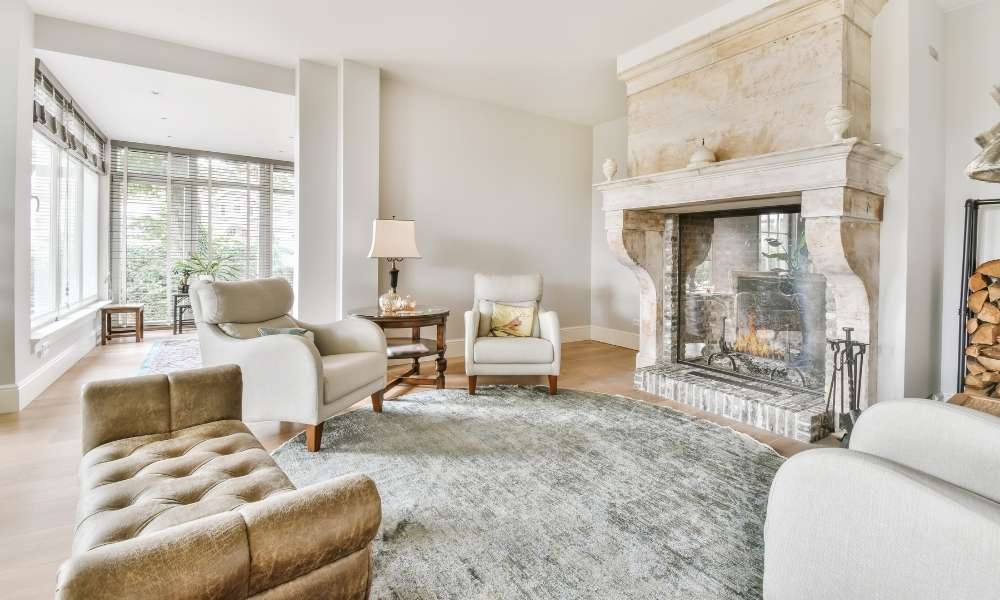
The number of people in your living room at a time will have an impact on the size. If you would like to have large gatherings or throw parties, then you might want to consider a larger room.
For example, if you plan on hosting small gatherings with just a few people, then one hundred square feet should be enough. However, if you plan on having large gatherings with 10-15 friends, then anywhere from 200-300 square feet could work well. Additionally, how many children will be in your living room? If they’re present, they’ll need more space than adults do. But don’t forget about pets! If you have any furry friends that are going to be hanging out in your room all day long, then you’ll need to make sure the space is big enough for them as well.
5. Small Room Ideas
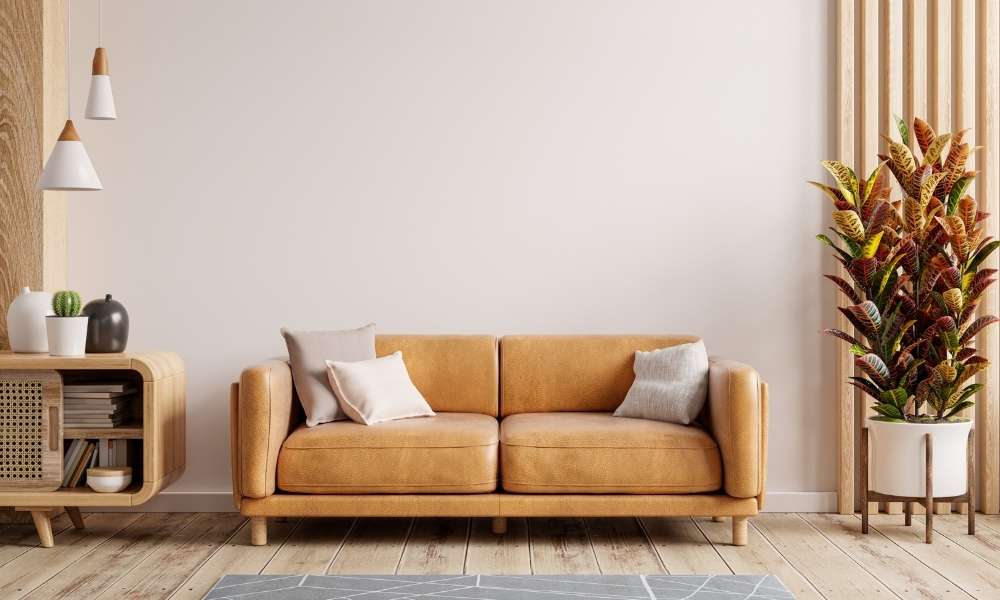
If you have a smaller, it might be worth considering these small living room ideas.
- Use a coffee table instead of an end table.
- Mirror your sofa to create the illusion of space.
- Only buy furniture that fits in your space, and avoid filling up all of your space with furniture.
- Add a rug to make the floor feel less cold and open up the space.
6. How to Arrange Your Furniture in a Small Living Room
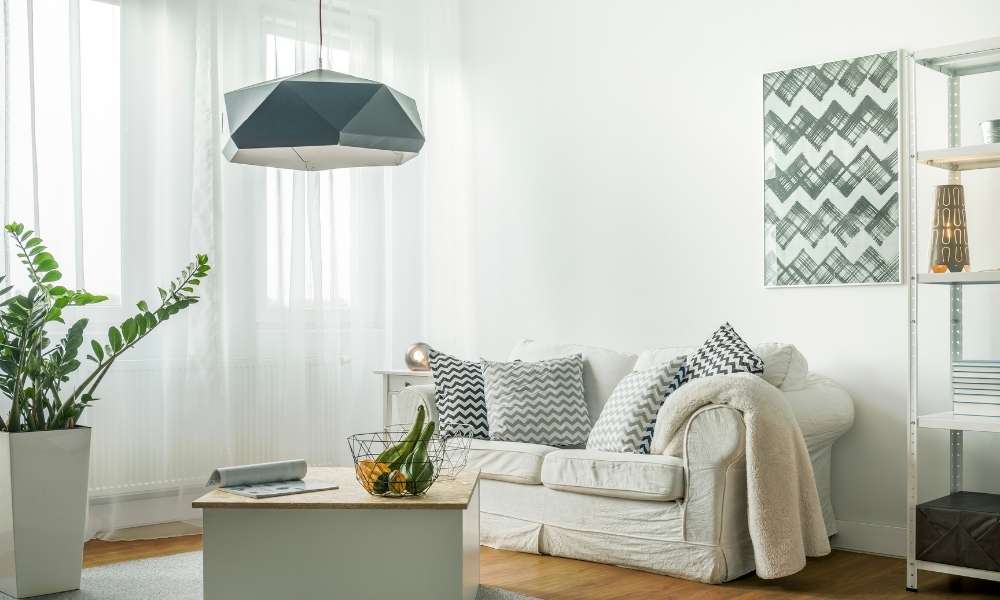
If you have a small living room, it can be difficult to arrange the furniture. You might have an idea of how you want your furniture to be laid out, but without the right number of pieces, it just won’t work. With that in mind, here are some tips for arranging your furniture in a small room:
- Keep the couch against one wall, with two chairs and a table on the other side of the room.
- Create an open floor plan by putting a coffee table in front of the couch (this is also a good idea if you don’t have enough space for two couches).
- Use large rugs to create patterns and draw attention away from empty spaces.
- Buy smaller pieces of furniture like end tables and coffee tables so that there’s more space for other things.
7. How to Arrange Your Furniture in a Big Living Room
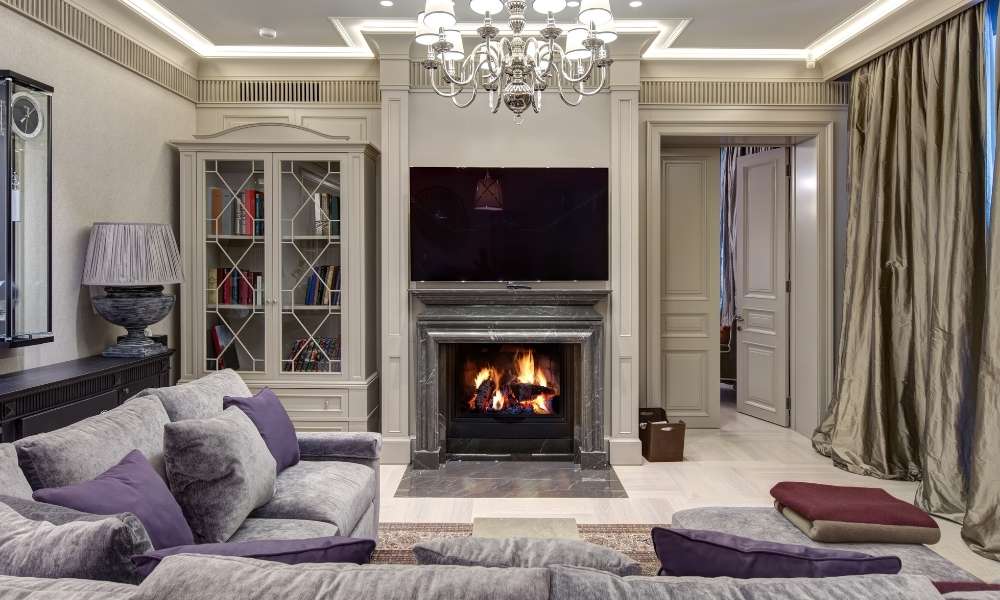
If you have a big living room, it’s important to consider the furniture arrangement. Having too much space can be overwhelming if you don’t know what to do with it. To handle a big room, divide the area into zones.
Think about dividing your living room in half for starters. You should have one side for TV viewing and one side for conversation. The conversation area should be near a window and face away from the TV so that people can talk comfortably while the TV is on in the background. If possible, set up chairs or couches in an L-shape or U-shape to promote conversation and interactions with others while watching TV. And don’t forget to leave some space between each piece of furniture so that people are able to move around freely without bumping into things!
8. How Big Should Your Living Room Be?
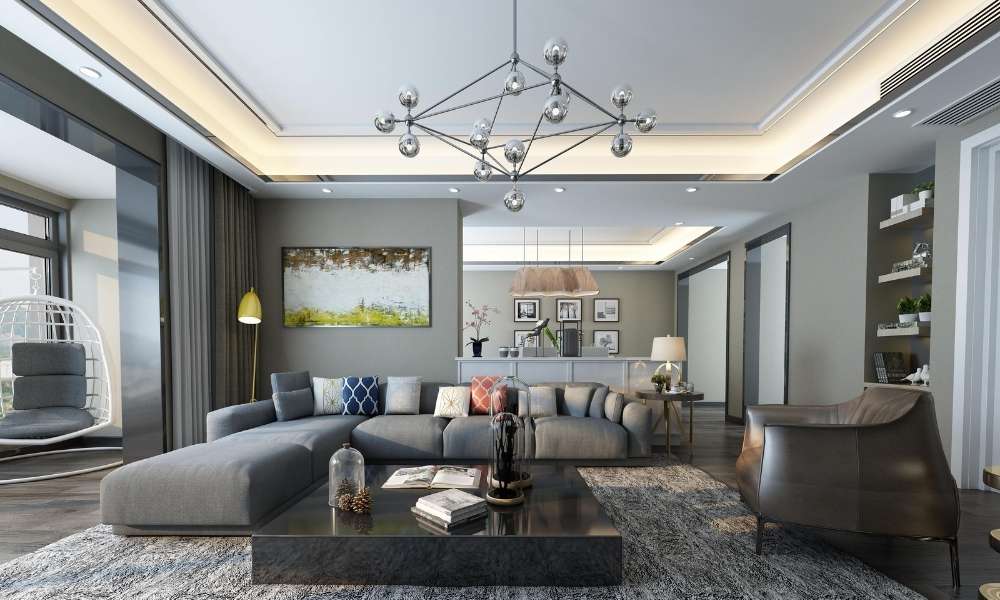
The size depends on what it’s being used for and how much space you have to work with. If you plan on hosting large gatherings or throwing parties, you might want to consider a larger living room. Here are some guidelines to follow when deciding how big your room should be.
- A general rule is that the length should be three times the width. So if your room is 10 feet wide, it should be 30 feet long.
- If your living room will only be used occasionally, then it doesn’t need to be very big. But if it’s going to be used often, then make sure there’s enough space for everyone to walk around comfortably.
- Keep in mind other features like a fireplace, TV, and windows as well when figuring out how big your living room should be.
9. The Right Size for your Living Room
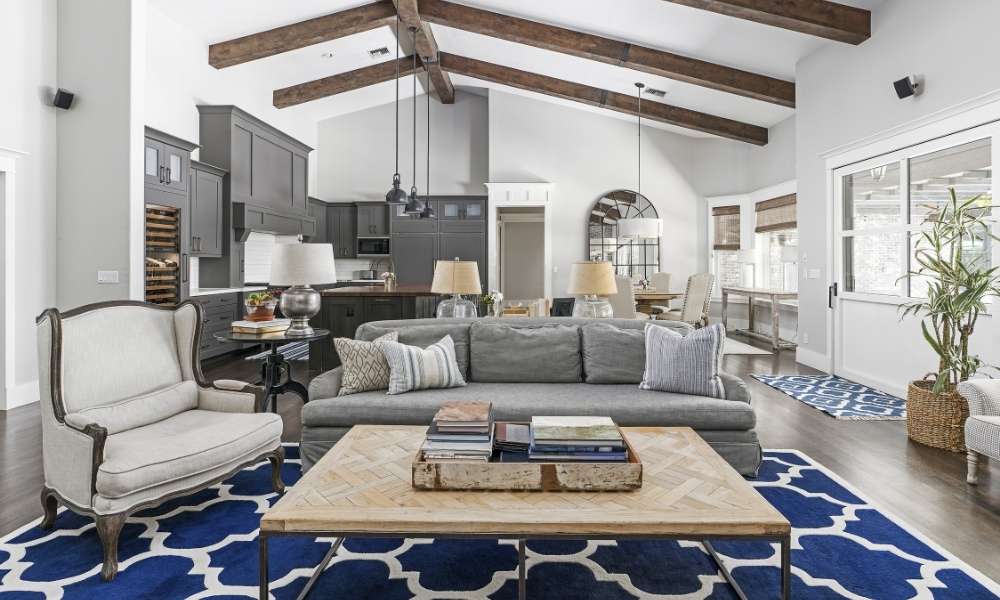
The size of your living room will be dependent on how you want to use the space and how much space you have.
If you plan on hosting large get-togethers or throwing parties, a bigger room might be better. If your living room will mostly be used for watching TV or hanging out with friends, a smaller space would suffice.
It’s also important to consider any necessary furniture, like couches and chairs or tables and sofas. If you need more seating in your room, then the size of the room will need to be increased accordingly. Most people prefer a living room that is 18-20 feet wide by 20-24 feet long. This is a good range for most people because it gives them enough space to move around without feeling too cramped.
Ultimately, there is no one-size-fits-all answer when it comes to sizing. The best way to make sure you have enough space for what you want to do with the space is to measure the dimensions and decide from there based on your needs.
See More: How to Setup a Rectangular Living Room
Conclusion
With so many different factors to take into consideration, how do you know how big your living room should be?
The answer is, that it depends on what you plan on using the living room for. For example, if your home office and you need plenty of space for a desk, bookshelves, filing cabinets, and a work area, then it should be a minimum of 10×12 feet. However, if you’re using the room for entertaining guests or for parties, then it should be larger.
In the end, the size of your living room depends on how you plan on using the space. So make sure to think about how you will use the room and then determine what size will work best.

